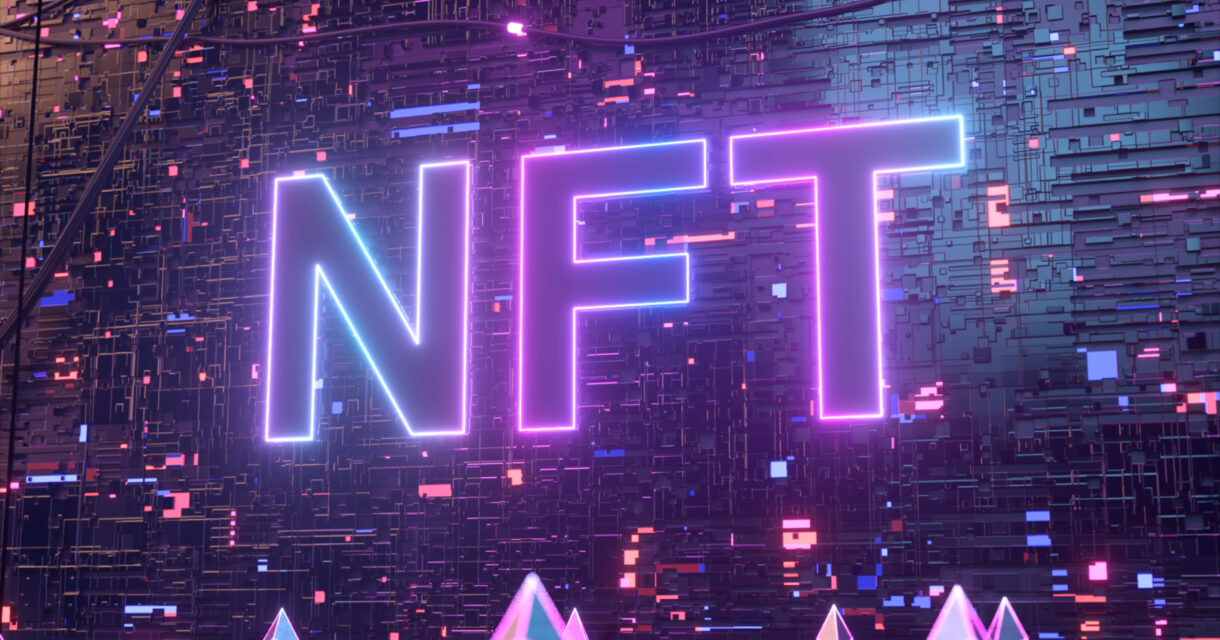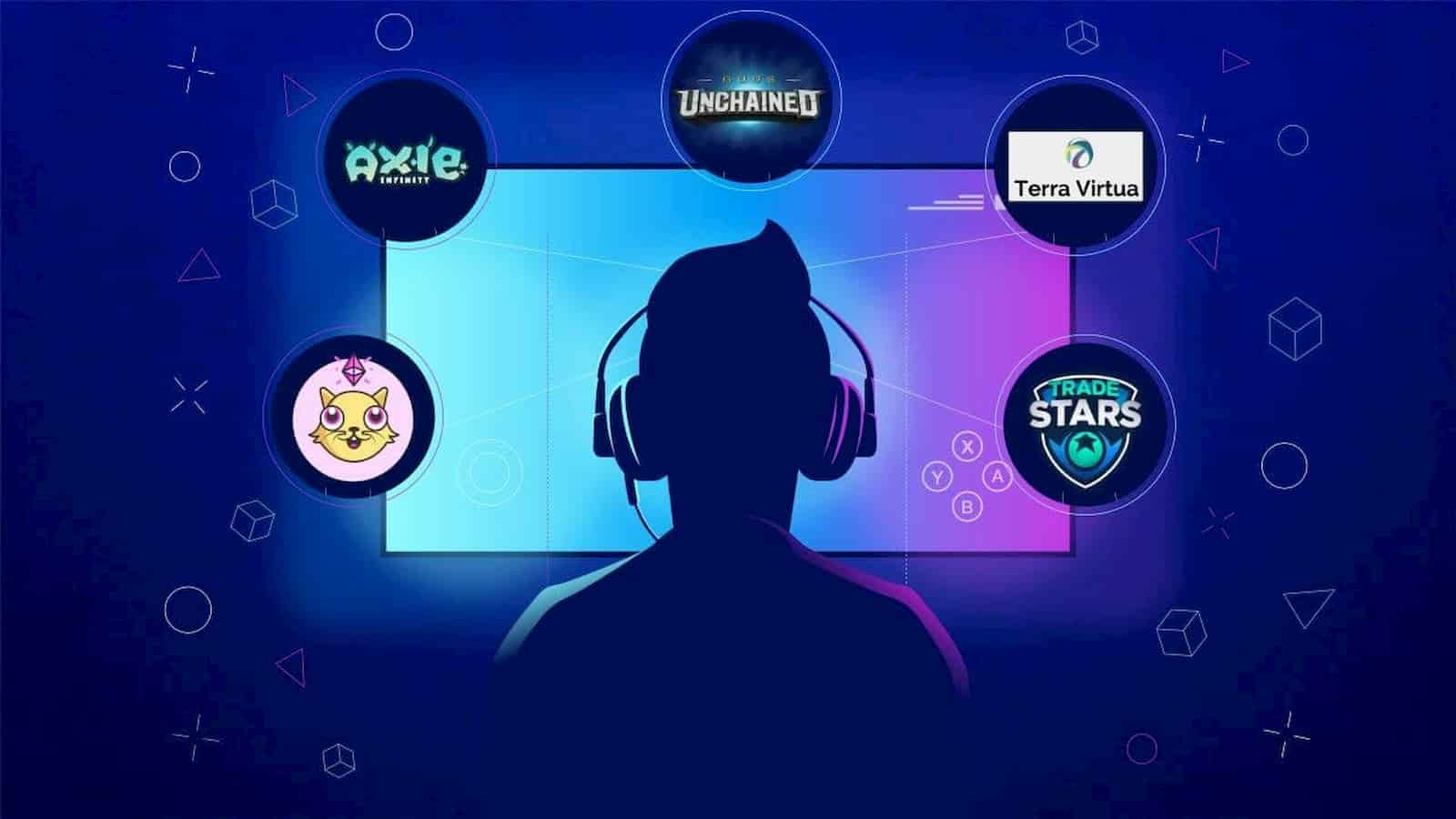NFT Minting and How Brands Are Harnessing Its Benefits

Since its emergence into the public eye, the general perception about NFTs has been that investing in one, or creating one, gets you nothing but an easy copy and paste JPG image.
Initially, financing an NFT seemed more of a feeling of ownership than owning anything tangible. This conventional fallacy begins to fade away as early consumers and brands start to understand the potential of this new technology. Today, big businesses are guilty of jumping on the NFT wave due to the rise of its popularity and success within some of the most significant online communities. Digital art and gaming paved the way for NFTs and have revolutionized how NFTs can be processed and authenticated online.
Creators and brands are leveraging the new tech innovations in unique ways. NFTs can now be established as a new form of intellectual property through authentication and rendering onto a decentralized system known as the blockchain. This process is also officially known as “minting”. Ultimately, it opens the doors to new creatives and brands that can benefit from the latest technology of NFT Minting. Inspired by the digital tech community, FGPG walks through what NFT Minting is and what it means for brands in the future of digital technology. Learn how brands can utilize NFTs and minting on the blockchain as a tool to increase connectivity, engagement, and loyalty within the digital ecosystem.
How Minting Works and What it Means
Since NFTs are still very much at their initial stages, knowing what they are and how they operate is vital for seeing how the whole system works. An NFT is a blockchain-based token that certifies ownership of any digital asset: files, images, digital art, video, and even physical assets. Essentially, “Minting” an NFT signifies transmitting digital files onto the blockchain into crypto or digital assets. After converting the item, the digital file will be stored in a decentralized database and is impossible to edit, modify, or delete. Ultimately, NFT Minting is an alternative term for “blockchain storing”. This procedure exchanges the digital file into an asset that can be traded or purchased with cryptocurrencies on a digital marketplace without a mediator. During the minting process, the creator of the NFT can assign royalties from every transaction, which will be a commission that the creator can receive whenever the work is purchased or traded on the secondary market.
How do these NFTs work once they complete minting? Smart contract blockchains execute them, and the most widely recognized smart contract for NFTs is Ethereum. It remains the most popular used blockchain for NFT minting through its robust system that supports the long list of NFT token standards. When creating a token, it stores the metadata within the blockchain that can include the artist or creator of the item, the description of the asset, the price, the NFT creation date, the ownership, specifications such as royalties, the transaction history of the creation, and the location links. Non-fungible tokens or NFTs are used for various purposes. Usually, it serves as verifiable proof of unique digital assets, but the main objective is to create verifiable digital items. They help to prove the authenticity and ownership of digital artworks.
Purpose of NFT Minting
As the virtual world battles digital privacy and security, it’s essential to establish what needs authenticating in an NFT. Two things to consider when verifying an NFT are:
Authenticity: Who owns the NFT?
Originality: Is it one of a kind? Or are there copies?
Digital creators and brands need to authenticate and verify the source of the NFT and its rightful owner of the item. Proving that the item is not a copy or contains previous work would legitimize the digital piece through minting. The internet faces a lot of security concerns like forging or duplications that are almost impossible to distinguish from their originals. Online verification continues to be a top challenge for businesses planning to create value online. The conflict is that any digital asset that creators develop can be duplicated and shared instantly across the globe. That’s where the beauty of NFT minting comes in.
Revolutionizing Consumer Engagement With NFTs
NFTs have shown to be an integral part of various brand strategies as creators and businesses begin to include incentives to their NFTs: access to real-world events, exclusive discords, fan club memberships, and other marketing initiatives. Now that these campaigns have proven to be the real deal, they have become a legitimate way of owning new valuable assets by giving creators owning, selling, and licensing rights to their creations. However, how can companies use this as a new marketing channel with the rise of the Metaverse and Web 3.0?
Once a frivolous hobby, gaming has become such a desirable industry that even the most prominent brands have begun collaborating within the virtual world through NFTs. According to a study by Mordor Intelligence, these companies continue to ride the wave of E-sports entertainment to extend their reach with another valuable digital channel, as the gaming industry is expected to reach a value of 340 million by 2027. The entertainment industry is what brands crave in efforts to build their reach within the digital ecosystem. With such a diverse channel of consumers, businesses understand the endless possibilities of connecting with the users through NFTs and minting.

NFT As Rewards / Play-to-Earn
The evolution of gaming is at our fingertips as gaming has taken off to the next generation of gameplay by integrating NFTs and cryptocurrency. Traditionally, gamers paid to have the freedom to binge play. Blockchain games have diverted to a play-to-earn model by rewarding users with NFT and Crypto tokens. For instance, UniX is an open-source platform that supports users to generate revenue and even have the opportunity to earn scholarships through virtual gaming.
Digital users capitalize on the endless opportunities by flipping their digital assets for profit. The shift from pay to play fades away to reward users with ownership through NFT assets. Today, consumers continue to seek compensation for their loyalty and have the opportunity to become ambassadors for their favorite brands.
Connectivity in the Community
NFTs have proven they hold much more value than just being a monetization opportunity, as the actual purpose is to bring together a community. The social element derived from gaming fulfills the human desire to be connected with online communities. These groups are crowded with knowledge sharing among the users, what most marketers refer to as “word of mouth”— ultimately strengthening the community through a network of influential topics. But what incentives are there for just being social and interactive?
Astonishingly, over $637 million in Esports revenue was generated from sponsorships. However, consumers are clever enough to spot advertisements and marketing ploys from content producers. Audiences favor authenticity, and ensuring loyalty from this community can help build brand awareness and customer loyalty. Similar to retail stores wanting customers to stay in their store longer, brands can increase engagement and build the community through NFTs and collectibles. NFTs within the entertainment industry have grown so immensely that brands need to engage authentically, and offer more than just the typical product placement and dreadful social ads.
We are a unique collective of ambitious makers, doers, and dreamers that work as one to push forward the power of what’s possible.
FG|PG was founded nearly 21 years ago. Today we’re one of the largest woman-owned, WBENC Certified, live, hybrid and virtual experiential agencies in the US. That trajectory isn’t accidental. It’s the result of a commitment to continually evolve, to never stop learning, and to always listen to our clients’ needs.